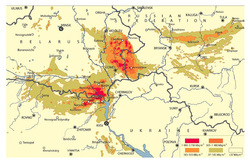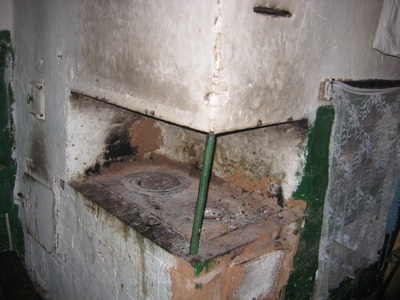Chernobyl Nuclear Disaster

On the 26th of April 1986, reactor number 4 at the Chernobyl nuclear plant in northern Ukraine exploded, causing a huge fire which sent massive amounts of radioactive smoke and dust into the atmosphere. The direction of the wind that day meant that the vast majority of this incredibly dangerous dust landed just over the Ukrainian border, in Belarus. Levels of thyroid cancer, a cancer predominantly affecting children, as well as other cancers and birth defects, significantly increased in Belarus and surrounding areas in the years following the accident, and still remain high today. Although the children we work with were not born at the time of the accident, nearly all the food they eat is grown in contaminated soil, and they live only miles from the area still deemed too dangerous for humans to inhabit. No one knows how long the levels of radiation in the soil will continue to be at such dangerous levels, nor how the population and environment will be affected long term.
Belarus

In recent years, as in much of the world, the economy in Belarus has struggled. The currency was devalued twice in 2011, the second time by a staggering 40%. This means that life is getting even harder for our children and their families, whose incomes hardly cover the cost of the most basic everyday essentials. The country is highly industrialised with many factories scattered amongst run-down blocks of flats. Many of our children live in areas of heavy industrial pollution within Mogilev, others in remote villages with few amenities or transport links. Housing conditions are often very poor, with sometimes up to four generations of a family living in a one or two room flat, or sharing a wooden house with no indoor sanitation or running water. Alcoholism is also a significant problem in Belarus, and many children live with an alcoholic adult.



